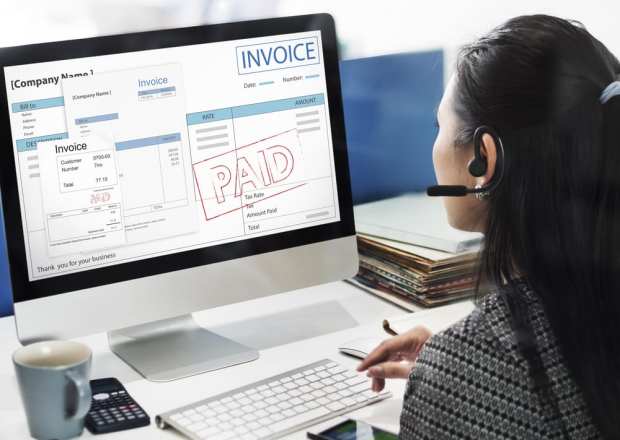25% of US-Based Multinationals Plan to Invest in AP and AR Integration in Next 3 Years

To alleviate problems associated with legacy cross-border payments operations, a growing number of international businesses are planning to invest in digital innovations at some point over the next three years.
Among international businesses in the U.S., 31% plan to invest in technology that can automate accounts payable (AP), 36% intend to invest in technology that can automate accounts receivable (AR) and 25% plan to invest in straight-through processing capabilities in the next three years, according to the Cross-Border Enterprise Payments Innovation Playbook, a PYMNTS and Payoneer collaboration.
Get the playbook: Cross-Border Enterprise Payments Innovation Playbook
The commitment shows that transparent, streamlined B2B payments operations are a key service that digital marketplaces and platforms can offer to boost the value they provide to vendors while also gaining a competitive edge in an increasingly digital-first international market.
Managing Payments Flows
This is especially important at a time when global supply chain constraints have become a stiff headwind that is slowing the pace of eCommerce growth, and anything that can reduce costs and get companies paid sooner is in demand.
See also: Record New Customers, Reduced Transaction Costs Lift Payoneer Results and Outlook
In this environment, international merchants must be able to seamlessly make and receive cross-border payments from vendors and suppliers to effectively manage their payments flows and keep their businesses running optimally. The trouble is that cross-border B2B payments are notoriously fragmented and friction-wrought.
Legacy B2B payments operations that rely on correspondent banking and manual processes extend days sales outstanding (DSO) times and lack the transparency decision-makers need to make informed judgements about their cash flow positions.
U.S. businesses wait an average of 33 days to receive payments for international sales, and those that cite payments transparency as a key pain point wait an average of seven days longer to receive payments than those that have more transparent payments operations.
Investing in End-to-End Solutions
Payments decision-makers across the globe are realizing that to help them keep their competitive edge in the international market, they must invest in end-to-end payments integrations designed to optimize both their AP and AR payments flows.
Businesses of all shapes and sizes are growing more aware of the benefits that payments digitization and AP/AR integration can bring to their bottom lines, in both the cross-border and domestic contexts. PYMNTS research shows that 83% of all chief financial officers (CFOs) see enhanced AP/AR integration as a chief benefit they seek to gain from digitizing their broader payments operations, while 50% who have invested in payments digitization in the past 19 months have done so specifically to deepen their AP/AR integration.
As important as CFOs believe digitization and AP/AR integration is to optimizing their payments operations, most say their businesses lack the in-house expertise and technological resources they need to reach the level of digitization and integration they want. The trick is to find the right third-party provider to deliver the integrated end-to-end solutions that can streamline their operations for cross-border success.
